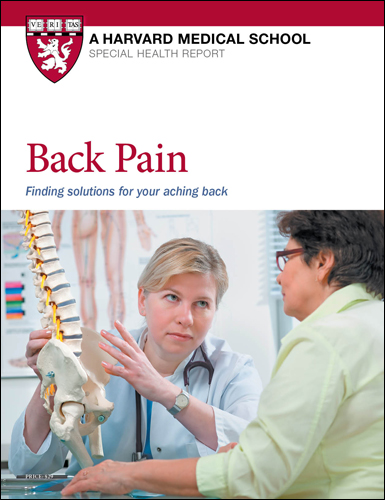Risk factors
Anyone can experience sciatica, but research shows that certain factors can increase risk.
Age. Sciatica can occur in any age group. However, discs can start to degenerate in the early 30s, and adults ages 30 to 50 are most at risk for sciatica caused by disc herniations. Spinal stenosis tends to start showing up in adults around age 50 or 55 and is the most common cause of sciatica after age 65. Herniated discs are more common in men, by a two-to-one margin.
Overweight and obesity. Having excess weight can elevate your risk for back pain and sciatica. Over time, carrying this weight can increase stress on the spine and the spinal discs, as well as contribute to inflammation throughout the body
Sedentary lifestyle. People who sit for long periods or are not active are at greater risk for sciatica. Some research suggests that if your job involves a lot of sitting or driving, your spine may tend to become compressed. This can lead to back pain or sciatica.
Manual labor. If your job involves lots of heavy lifting or twisting, or you operate a jackhammer or other equipment that vibrates, you may be at increased risk of sciatica. These activities put a lot of stress on your spine.
Diabetes. Poorly controlled diabetes, caused by chronically high blood sugar, can increase the risk of spinal stenosis that can lead to sciatica. Diabetes also can damage nerves, including the sciatic nerve, which can be painful as well as cause numbness or tingling. If you’re overweight, you’re not active, and you have pain, numbness, or tingling in your legs or feet, talk with your doctor and get a blood sugar test.
Tobacco use. Research shows that using tobacco can accelerate the breakdown of spinal discs. This occurs because smoking damages arteries that carry blood to the vertebrae, which are the source of nutrients for the discs.
About Harvard Medical School Guides
Harvard Medical School Guides delivers compact, practical information on important health concerns. These publications are smaller in scope than our Special Health Reports, but they are written in the same clear, easy-to-understand language, and they provide the authoritative health advice you expect from Harvard Health Publishing.













